By Rick VanSickle
The 2020 vintage in Niagara will be the most memorable in the history of the region. COVID-19 has made sure of that. But read on …
With all the notoriety and the pain that damn virus has caused the industry and the entire world, there is a silver lining looming large over the vineyards of Niagara. It’s borne of warmth, sun and dry conditions, fuelling wide-spread optimism from winemakers and grape growers that 2020 just might rival some of the great Niagara vintages.
Note, also in this report — we offer our picks of the top Niagara wines from the Vintages release Saturday and new wine reviews for Vineland Estates and Henry of Pelham.
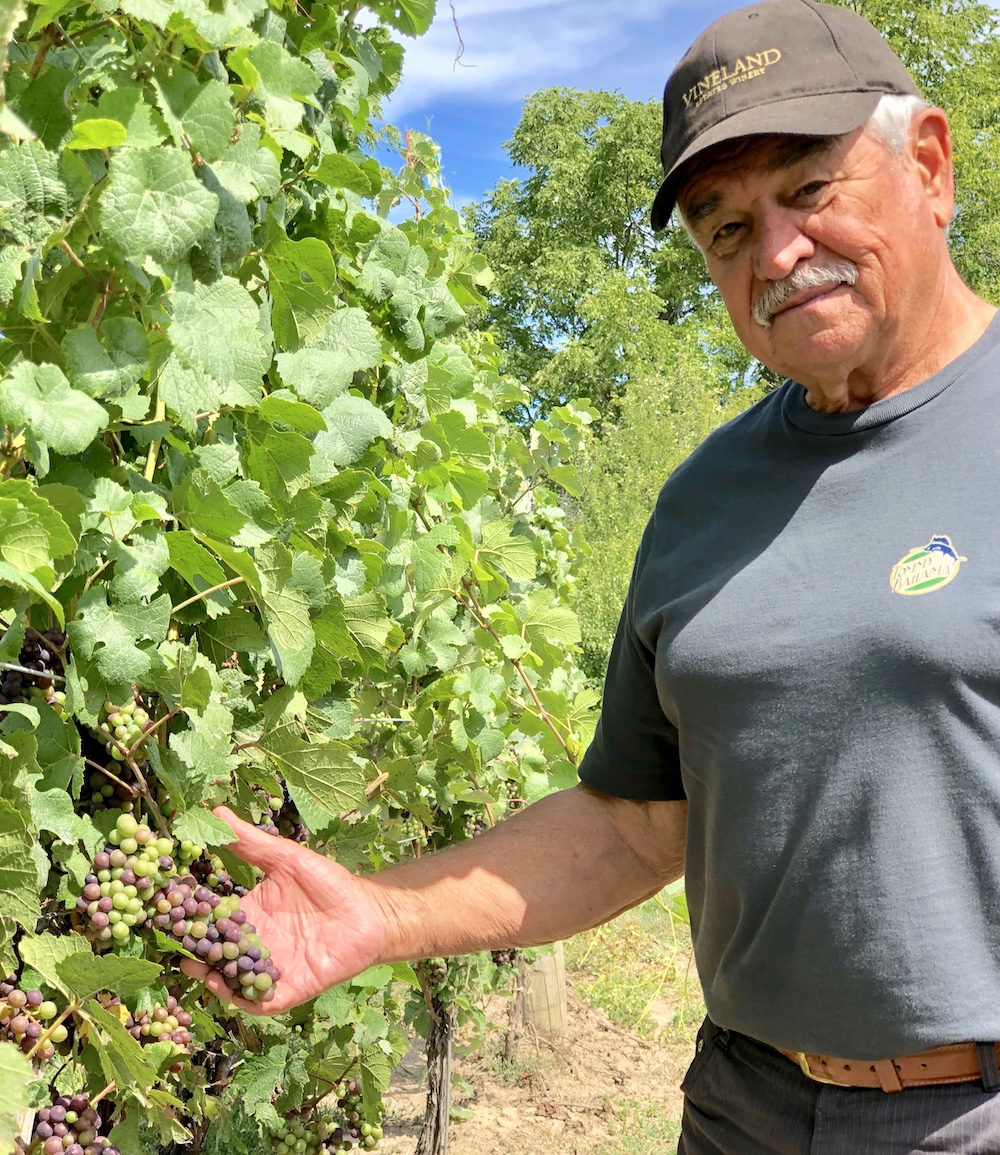
Fingers are crossed as grapes in all the appellations of Niagara take their magical and colourful journey through véraison and head boldly toward harvest, beginning with sparkling grapes, which could begin as early as next week for some wineries (photo above is Vineland Estates viticulturist Roman Prydatkewycz at Bo-Teek Vineyard). Conditions have been near perfect for grapes — and not just the Bordeaux varieties — across the board with the only minor concern from some being natural acidity levels and freshness in the tender white and red grapes. Winemaker and grower Kelly Mason points out, “the growing-degree days for 2020 have surpassed 2016 and we are really close to beating 2010.” And winemaker Brian Schmidt likened 2020 (so far) to what the great 2002 vintage gave Niagara wine lovers — spectacular wines.
No one is declaring the season a success quite yet, and a lot can happen between now and the end of harvest, but conditions in 2020, which got off to a slow start and quickly caught up, due to one of the hottest summers on record in Ontario, are showing all the signs that we can expect terrific wines.
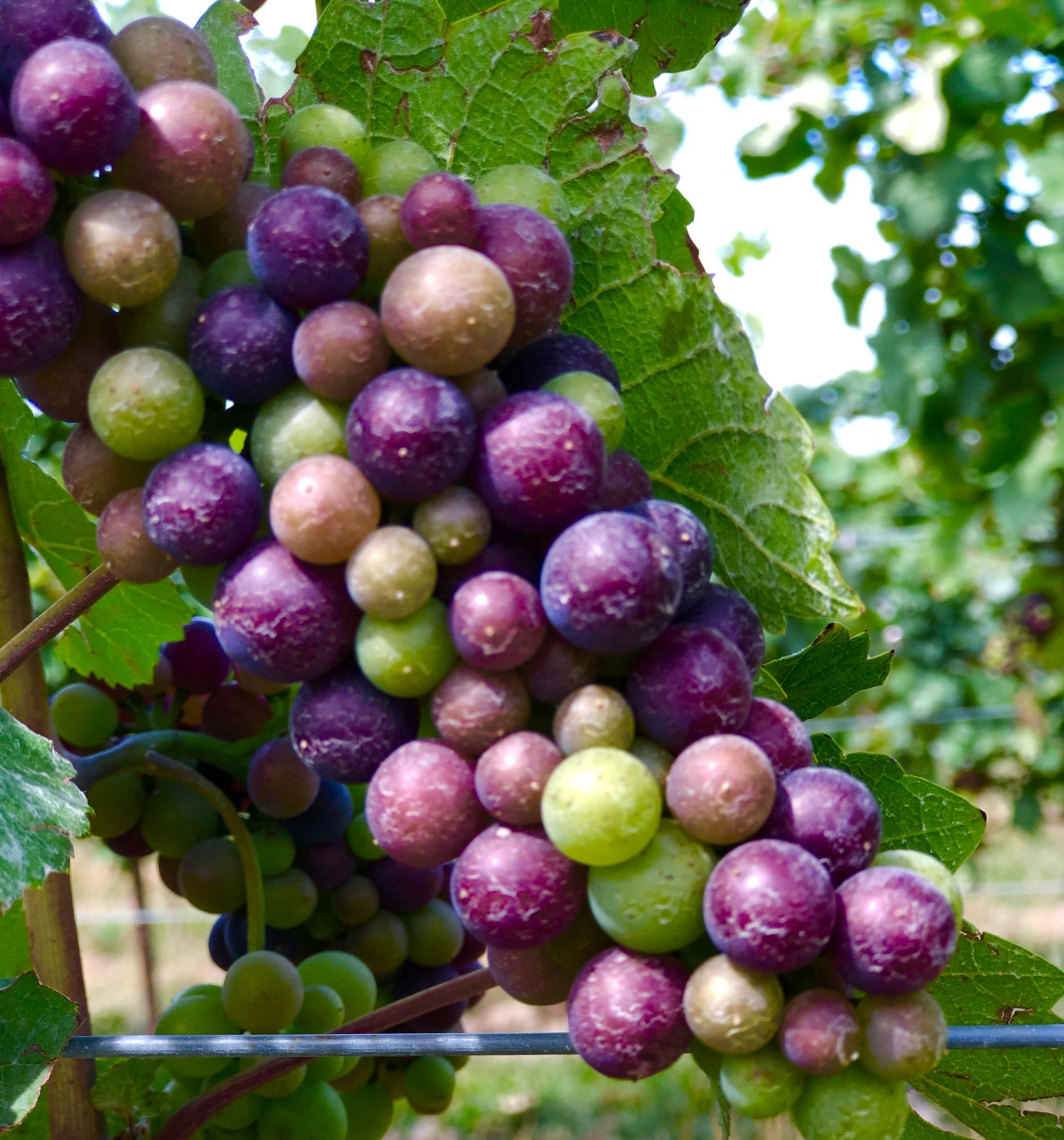
Wines In Niagara reached out to some key winemakers that span the region — Brian Schmidt (Vineland Estates) on the Twenty Mile Bench, Kelly Mason (Queylus, The Farm, Mason Vineyard, Honsberger) on the Twenty Mile Bench, Jordan and Lincoln Lakeshore, Ilya Senchuk (Leaning Post) in Lincoln Lakeshore and Lydia Tomek (St. David’s Bench) — for their impressions of the vintage thus far. Here is what they had to say, in their own words:
Lydia Tomek, Winemaker
Ravine Vineyard Estate Winery
St. David’s
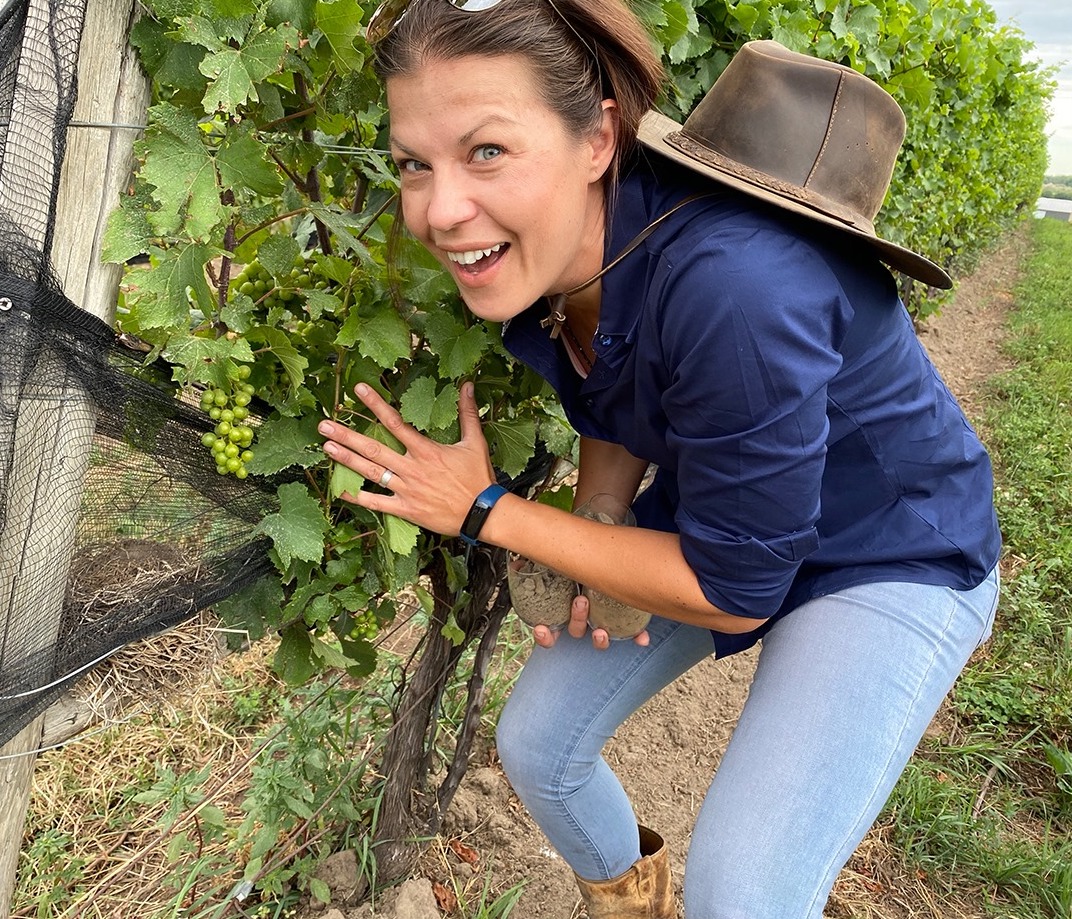
Being located on the eastern section of the St. David’s appellation we tend to have some really unique soil profiles as well as variability in our elevation. Our farm has these little pockets of sandy and silt loam peppered over clay loam (soil classifications are listed below).
• Sandy or loamy sediments over lacustrine clays or loams
• Lacustrine silty clay over clay loam till
• Lacustrine silt loam
• Lacustrine silty clay
These soil profiles, variability in elevation and our proximity to the lake truly promote an earlier warming of the soil as well as great airflow that minimizes frost potential and you truly see the benefits in May. I remember checking weather data from the region and our site was on several occasions warmer than our friends west to us by a degree or two.
May was a crazy month because of that strange polar vortex and we got snow on Mother’s Day and frost happened throughout the region on 4 nights as a result. On our site we got just a touch of damage on May 13 when we hit our coldest of -1.9C. I feel it could have been worse if we didn’t have those rolling hills, because where it occurred was in this one little dip on the property where air could sit.
Average temperatures of 13.2C in May allowed for a nice early start to the growing season. Our first buds to burst were Chardonnay on May 5. It was also first to start véraison on Aug. 5. The first reds to turn blue were our Merlot on Aug. 10 (17 days earlier than last year).
The last three months have allowed for a gorgeous and dry growing season (there is a list of mean temps and monthly rainfall below). Hottest day so far was July 9 with 35C. When I look at my rain charts, there were only 15 occasions of rainfall worth recording.
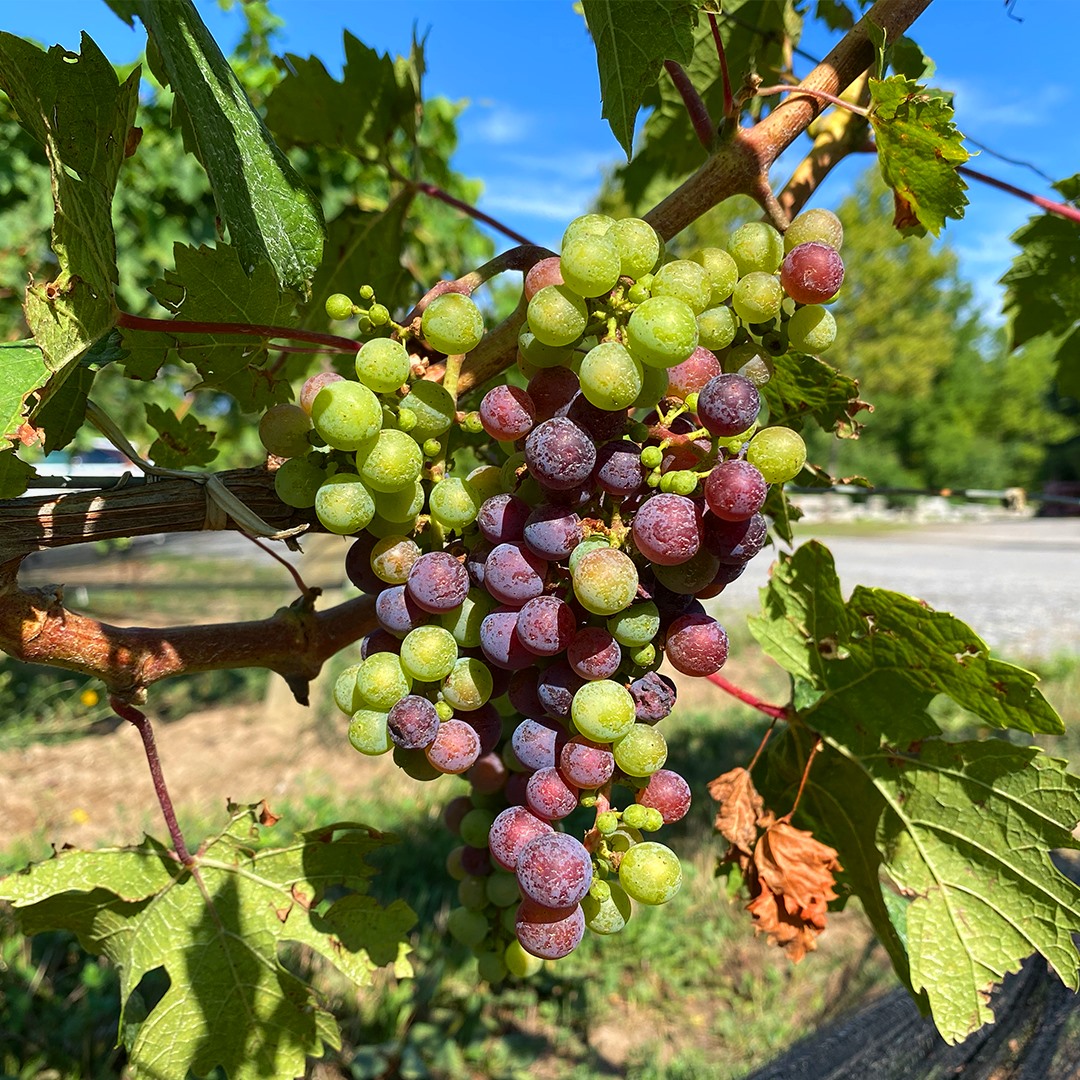
At Ravine, our vineyards are not water stressed at all. Although we did get a little rain each month, our vines have been forced to dig deep in their sandy soils from day one in search of a good water source. The underlying clay loam beneath the sand helps retain water moisture at that depth and we have a few aquifers that run across our property. All those factors play a part and work in our favour in drier years like 2020.
• May : 13.2C average, 54.5 mm rain
• June: 21 C average, 33.8 mm rain
• July: 25C average, 38.4 mm rain
• August: 22C average, 37.8
Also, the weather conditions haven’t been as humid as in past years and that dry heat is working in our favour in terms of managing disease pressure and pests. We are an organically-certified farm and so the organic game has been an easy one for us this year to maintain.
I’m also excited as we have done some work on reaching better vine balance and controlling vigour on this site. The weather has also allowed us to get in within a workable time frame. Thankfully we got into all the crucial windows for pruning, retraining our vines, leaf removal, thinning, etc. The fact that Mother Nature is cutting us a break (so far) is really refreshing. I was once told that you can’t be a farmer if you’re not an optimist … well this year Mother Nature is bringing optimism to many vineyards, which is very kind of her considering 2020 has been quite the challenging year on so many other levels.
In terms of forecasting our harvest, I am anticipating sparkling will be picked around Labour Day weekend. I’m hoping after but my gut is telling me before. And Sauv Blanc will be probably the first of my whites coming off around mid September.
Brian Schmidt, Winemaker
Vineland Estates Winery
Twenty Mile Bench
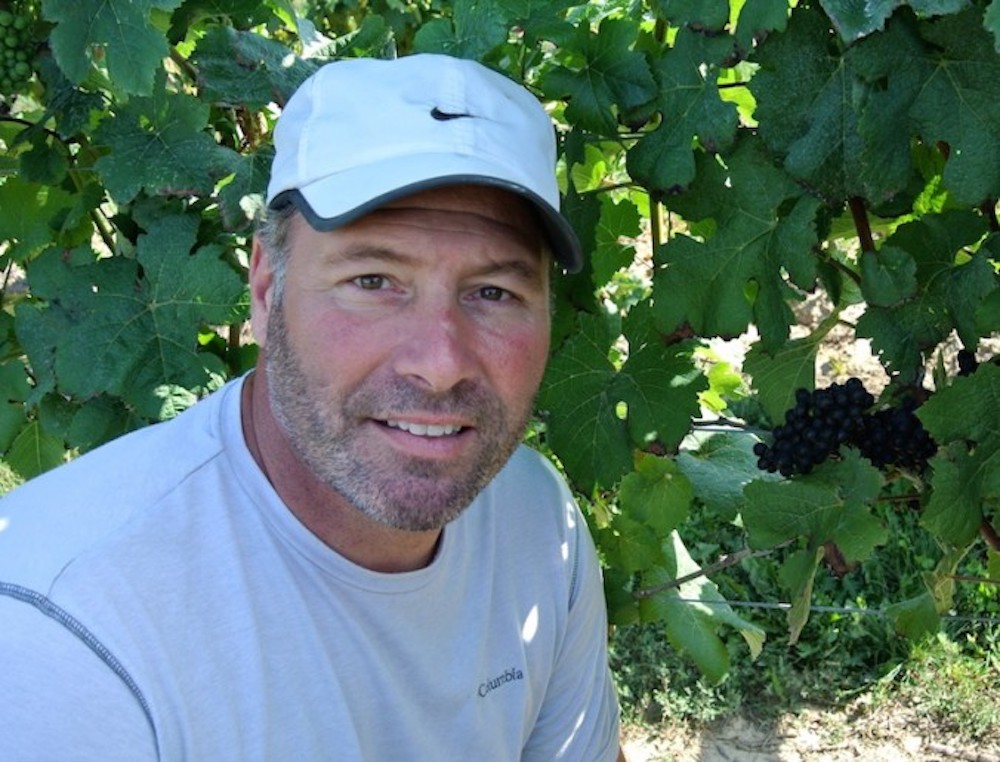
I’ve seen dozens of memes declaring: “If 2020 was a … usually followed by a witty text and image. The one that made me laugh was this one: “If 2020 was a breakfast cereal, followed by an image of a bowl full of cigarette butts soaking in milk.
So, if 2020 was a wine what would it say? What would the image depict?
At of the moment I am writing this, if 2020 was a wine, it would be a bottle of one of the most exquisite bottles ever made by an Ontario winery. It would be extraordinary.
Sure, 2020 has not been a walk in the park for any of us, but for our vines, well, they have enjoyed near perfect conditions. A perfectly timed bud break, just days after our last frost of the season. A sublime spring allowing bloom to happen with a perfect pace. Once bloom was complete, a lovely energy giving rain to propel us through the hottest July 1 can remember. The vines LOVED it — even If I didn’t — young vines needed a little help.
We are now midway through August and most vines are in the middle of véraison (the shifting of energy from growth to ripening) and they will begin their slow and steady march to harvest.
I realize 2020 has been terribly difficult on all of us. Perhaps the promise of a great vintage is your reward. Amazing wines grown by diligent and hard working Ontario grape growers made by passionate Ontario Winemakers.
Buy local wine … it matters more than you think.
Kelly Mason, Winemaker and grower,
Domaine Queylus, Honsberger,
The Farm and Mason Vineyard
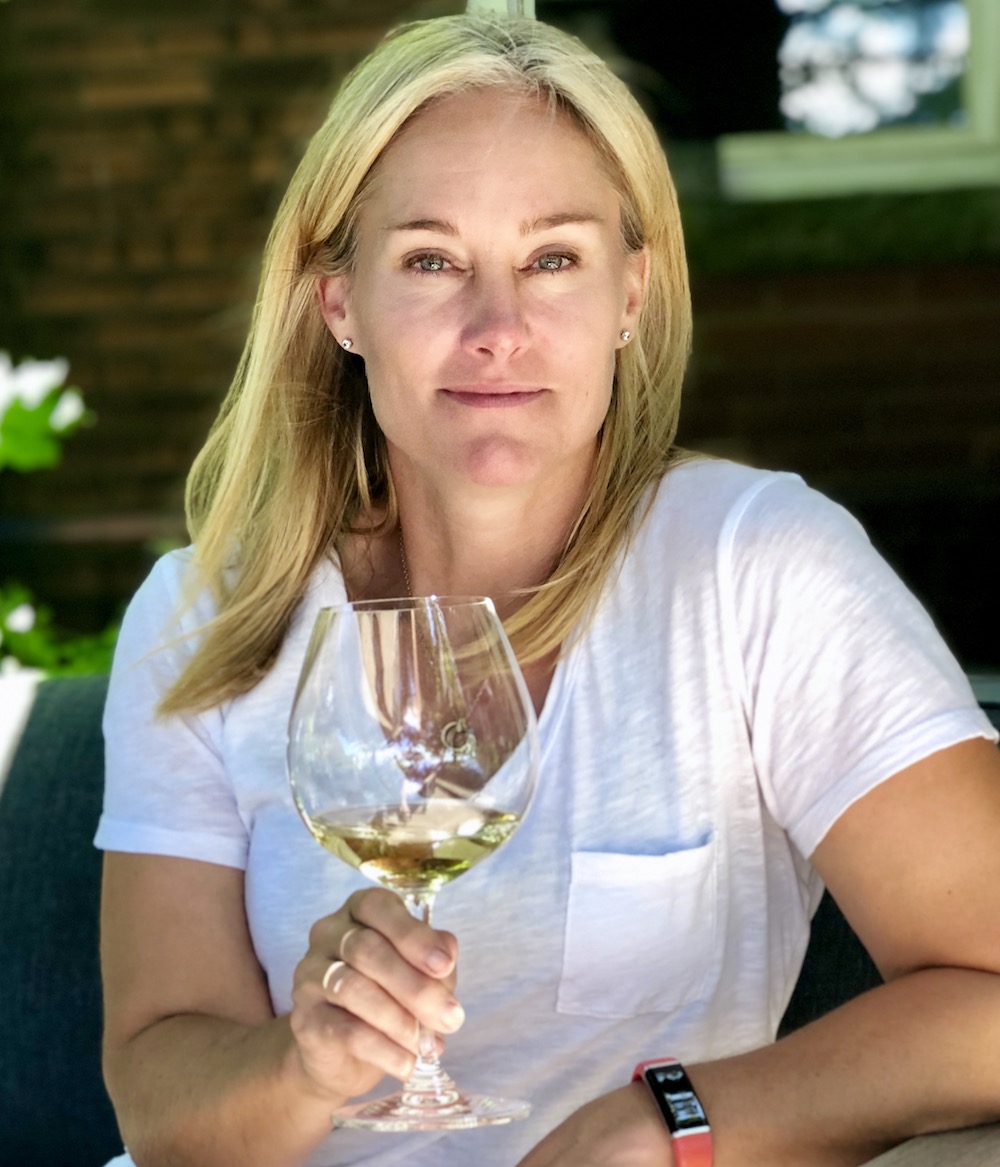
What the tuck!
We are cluster thinning where necessary and closing up nets right now. If 2019 was the harvest that never ended, then 2020 is the growing season where vineyard tasks never ended.
With labour shortages and fast shoot growth, I think a lot of us fell behind and we were constantly catching up (case in point: tucking). The next months will be critical to take this harvest home — cluster weights and crop seem a little lighter than 2019 and there is potential for the Bordeaux varietals to be beautiful. The growing-degree days for 2020 have surpassed 2016 and we are really close to beating 2010 — this is exciting. My main concerns are team health, humidity, and adequate labour for hand harvesting.
I am also concerned about how fast véraison is flying through and harvest coming on really quickly. For Pinot winemakers, we will be trying hard to capture the optimal picking window while at the mercy of Mother Nature — asking her to continue to hold off the rain in September and October!
Ilya Senchuk, Winemaker/Owner
Leaning Post Wines
Winona, Lincoln Lakeshore
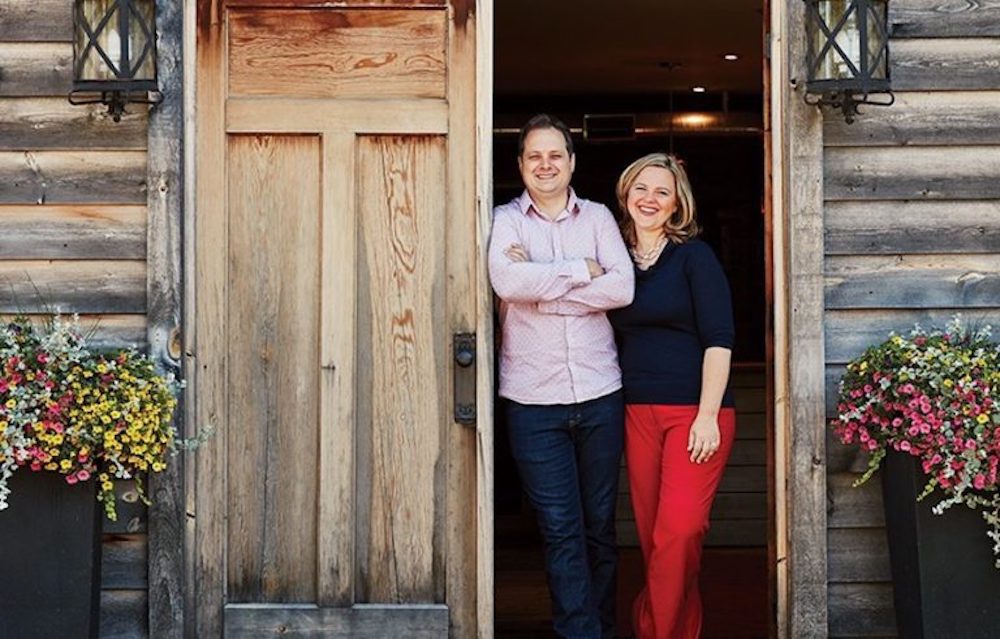
So, definitely an interesting year. The heat and dryness have really pushed things along very quickly. Sparkling is coming soon. And generally we are concerned with freshness and natural acidity this year.
Having said that, there is very little disease or breakdown pressure so everything is very clean going into the most important time of year. And because our part of Lincoln Lakeshore is still much cooler I think our Pinot Noir and Chardonnay will still be very good. It is very clean and well spaced and because of a naturally low crop, we get a lot of flavour intensity even in warmer years (like 2016 for example).
Big reds will definitely be pretty good this year as well. We have lots of growing season left and most things are moving quickly. Honestly, if temperatures cool down just a bit, we could be looking at a spectacular vintage along the lines of 2012. Good early varieties as well as later ones. This is my hope (and dream!) for this year.
We spent the last few years really focusing on planting and sourcing from vineyards that have the appropriate grape varieties, so that we can deal with these crazy swings that we seem to have all the time now in Niagara.
Some Niagara gems at Vintages Saturday
As we do every other week, we offer suggestions from the Vintages release at LCBO stores on Saturday.
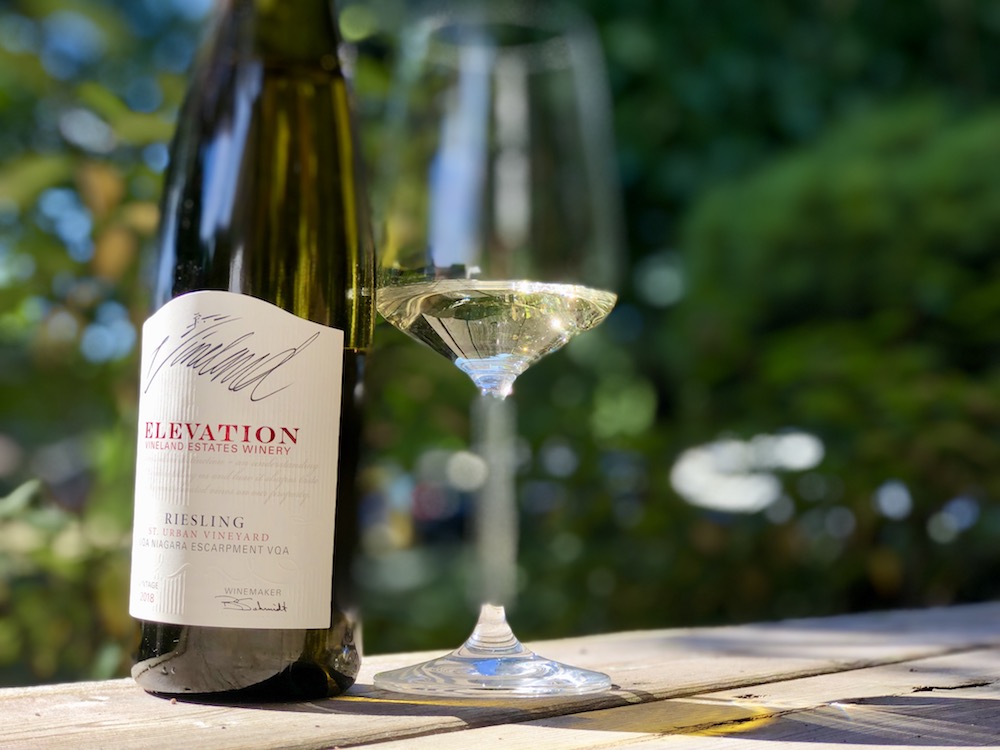
Vineland Estates Elevation St. Urban Vineyard Riesling 2018 ($20, 92 points) — The late Hermann Weis brought these vines, now nearly 40 years old, to Ontario from Weingut St. Urbans-Hof in the Mosel region of Germany. The Riesling from the famed St. Urban vineyard at this level is always one of the most terroir-focused and consistently well-made examples of Twenty Mile Bench fruit that winemaker Brian Schmidt makes (though Cabernet Franc is a close second). The 2018 version shows saline purity on the nose with fresh cut lime, grapefruit, wet stones, lemon zest, touch of peach and a perfumed floral note. It’s electric on the palate with citrus/lime, honey, stony minerality, subtle ginger and bracing acidity keeping the nearly 28 g/l of RS in check. Like all Schmidt’s top Rieslings, a little time in the cellar helps bring everything together in three-part harmony. Cellar 8+ years (and even longer). It has 10% abv, by the way (the 2019 has 7.5%)
Note: Reviews of the upcoming 2017 Bo-Teek Cab Franc and a pair of Henry of Pelham wines follows these other Vintages highlights.
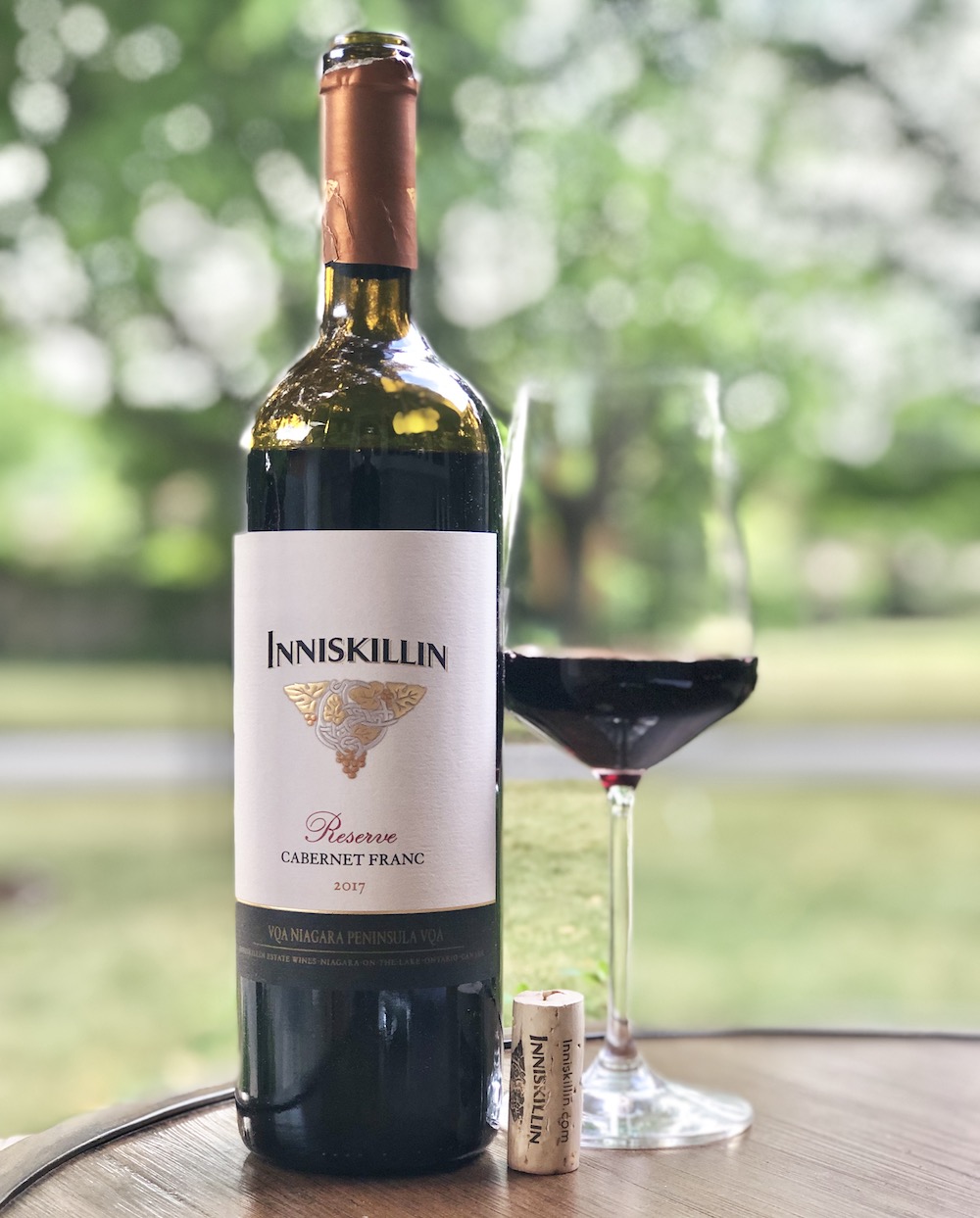
Inniskillin Reserve Cabernet Franc 2017 ($26, 92 points) — What a beautiful Cabernet Franc winemaker Bruce Nicholson has crafted here from what turned out to be a great vintage for many Niagara varieties. The vintage was mostly cool in the summer months with a mix of sun and rain, but conditions were perfect in September and October with above normal temperatures and plenty of sunshine. Nicholson aged the wine for 14 months in a combination of French and American oak. It has an enticing nose of savoury/bramby raspberries, anise, plums, dark cherries and elegant spice notes. It’s rich and smooth on the palate with depth to the red and dark berries, anise, savoury spices, smooth tannins and a tangy finish. Drink now or hold up to 5+ years. Lamb chops anyone?
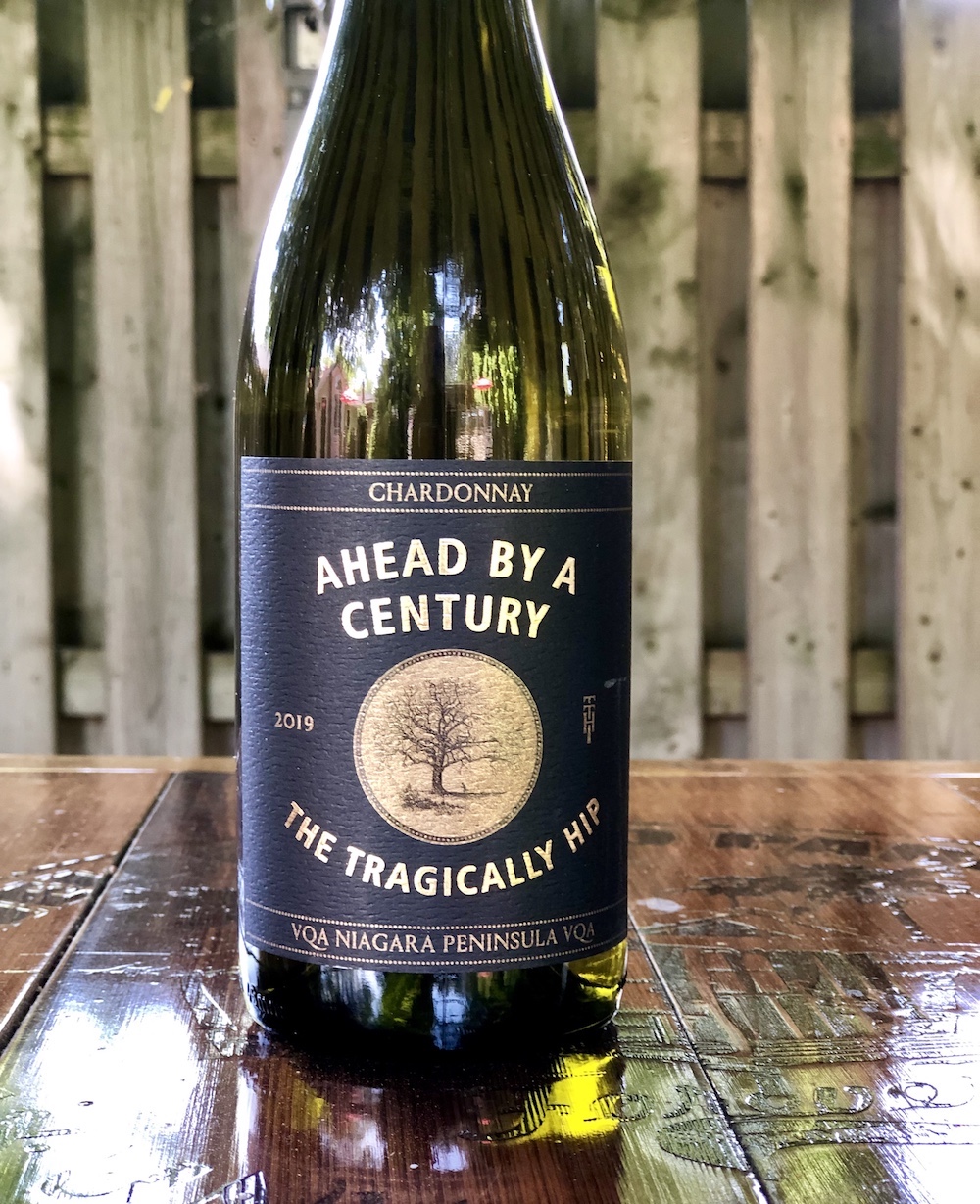
The Tragically Hip Ahead By a Century Chardonnay 2019 ($22, 89 points) — Sourced from three different vineyards in Niagara with aging in 50% stainless steel and 50% new French oak barrels for 7.5 months with lees stirring. A comforting, inviting nose of ripe apple, tropical fruits, toasted vanilla bean, buttercream and spices. It has spicy bite on the palate and is backed up by rich, ripe apple, lemon tart, tropical notes and a smidge of citrus zest to keep it all lively and vibrant through the core.

Calamus Ball’s Falls Red 2017 ($17, 88 points) — The house red from Calamus is a blend of 85% Cabernet Franc and 15% Cabernet Sauvignon that spends 12 months in French barriques, 40% of which is new. The nose displays bright red berries, cassis, black currants and spice. The red fruits are layered on the palate with some smoky/earthy notes, subtle tannins and nicely spiced through the finish. For near-term drinking.
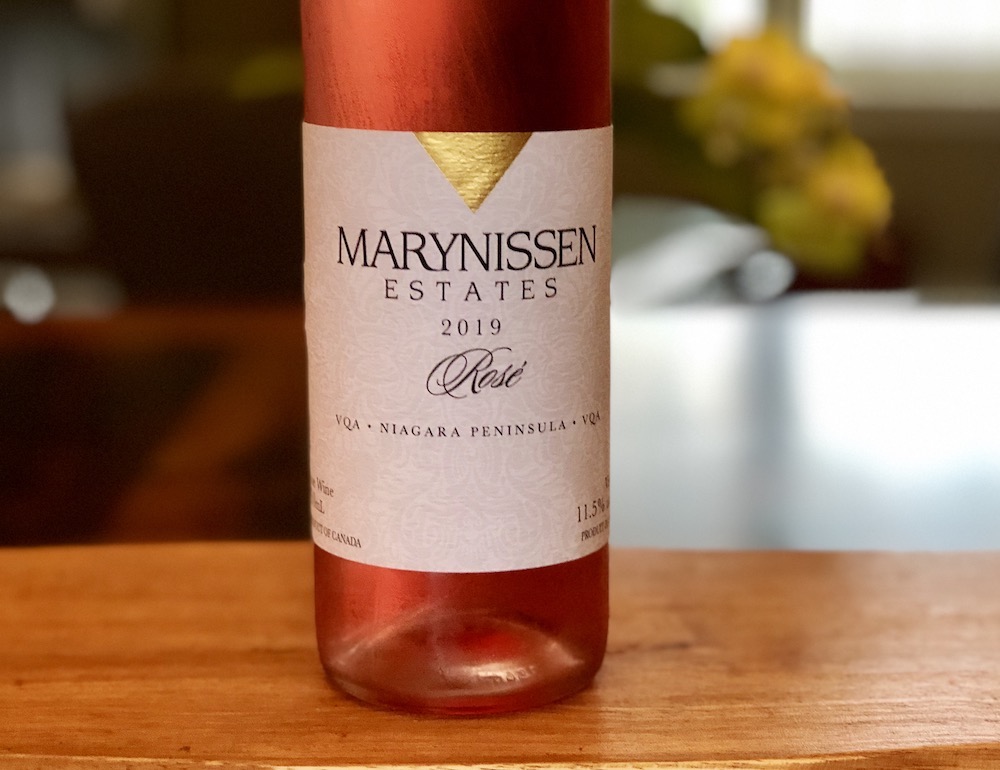
Marynissen Estates Rosé 2019 ($17, 88 points) — The blend for this saignée style rosé is mostly Riesling with Merlot, Pinot Noir, Chardonnay, and a splash of Muscat for good measure. The Merlot and Pinot were on the skins for 24-48 hours before being bled off. Everything was fermented separately before being blended together. A perfumed nose of cherries, raspberries, peach and creamsicle. On the palate, it’s loaded with red berries, peachy/apple notes and fairly bright acidity. It has a dry impression on the finish. A refreshing, interesting rosé.

Drea’s Sauvignon Blanc 2017 ($26, 90 points) — This Sauvignon Blanc from Andrea Kaiser, made in honour of her late father Karl Kaiser, is a beautiful tribute wine. Such a lovely nose of lemon, grapefruit, citrus pith, passion fruit, fresh herbs and grassy accents. It’s clean and fresh on the palate with zesty lime, lemon, gooseberries and integrated herbs that shine through the finish. Dry, racy and clean savvy. Karl would be proud.
And a beauty from the Okanagan
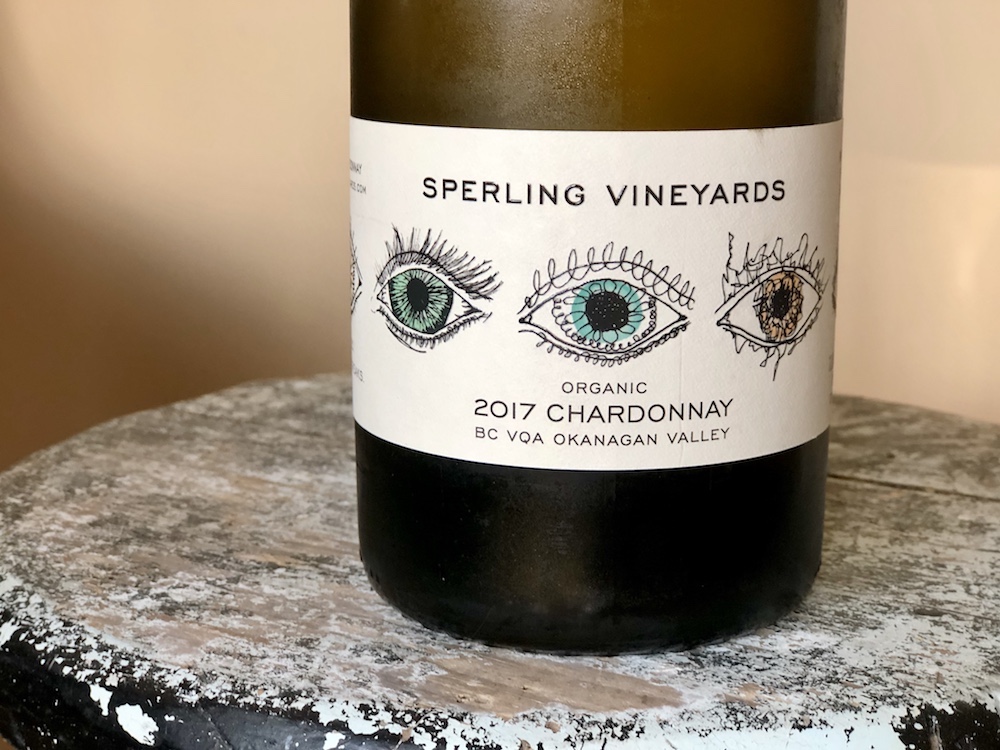
Sperling Vision Series Chardonnay 2017, Okanagan Valley ($35, 91 points) — A nice golden colour in the glass of this organic Chardonnay with a saline nose of pear, apple, minerals and citrus zest. It’s harmonious on the palate with orchard fruits, and lemon tart with a clean, poised and balanced attack and vibrant finish driven by tingly acidity.
Also released, but not reviewed:
• Henry of Pelham Estate Chardonnay ($22, no vintage given)
• 13th Street Gamay ($20, no vintage given)
• Trius Red ($25, no vintage given)
• Jackson Triggs Reserve Sparkling Moscato 2019 ($20)
• Featherstone Four Feathers 2019 ($15)
• Alvento South Wind Rosé 2019 ($20)
• 13th Street Pink Palette Rosé 2019 ($16)
• Inniskillin Montague Vineyard Chardonnay 2018 ($26)
• Kew Vineyards Fumé Blanc 2015 ($20)
• Lakeview Cellars Malbec 2016 ($35)
A trio of wines to watch for
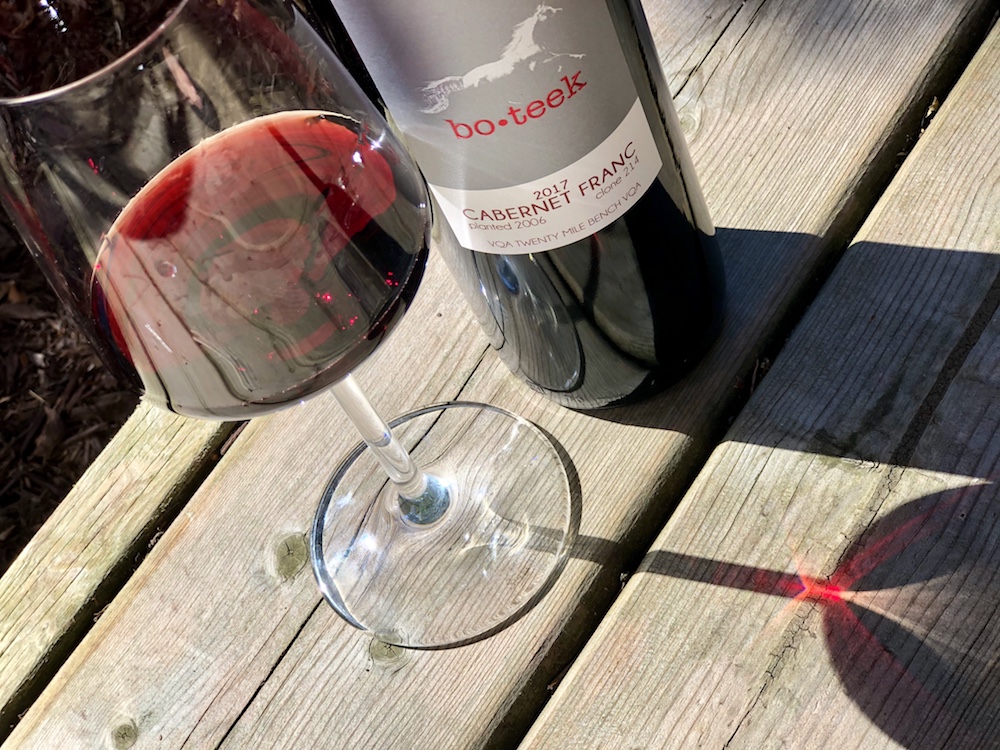
Vineland Estates Bo-Teek Vineyard Cabernet Franc 2017 ($35, released mid-September at the winery, 92 points) — Another really nice Cab Franc from 2017 with a nose of wild raspberries, black cherries, savoury herbs, cassis, plums and understated oak nuances. It’s perfectly smooth and tangy with lavish cassis and red berries to go with savoury spices, mulled herbs, dark chocolate, fine tannins and acid lift on the finish. Classic Cab Franc and the reason this variety is so good in Niagara.
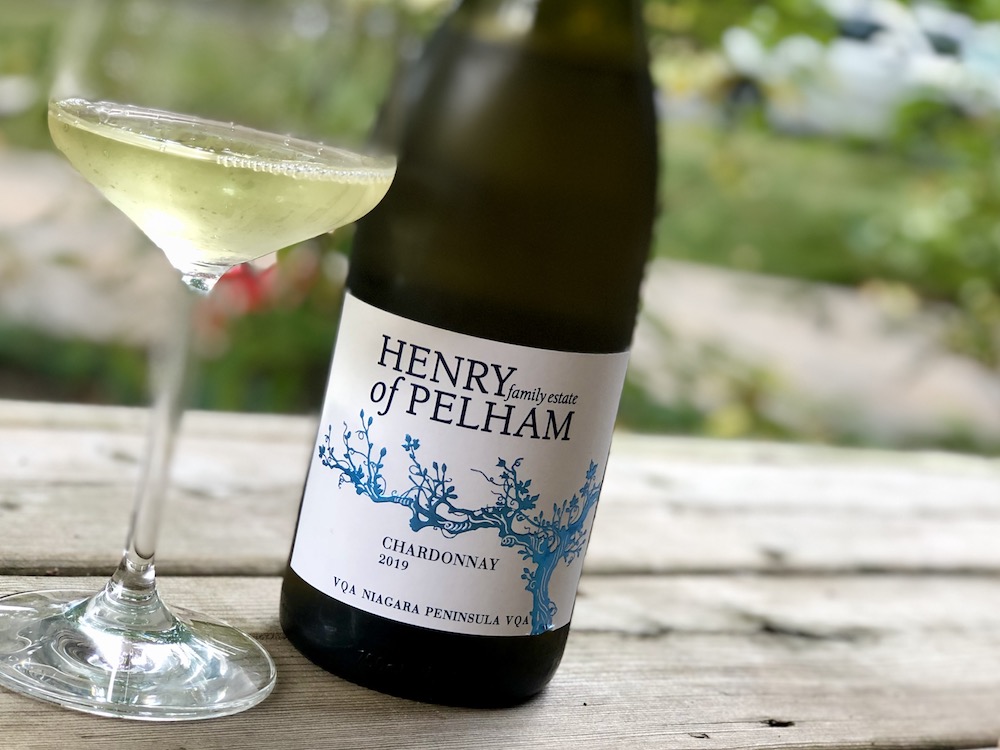
Henry of Pelham Chardonnay 2019 ($15, general list LCBO, 87 points) — The nose of this good value Chardonnay from the Short Hills Bench show bright apple, lemon, underlying pear and cream notes. It’s fruit-forward on the palate ripe orchard fruits, a touch of citrus zing and a fresh finish.
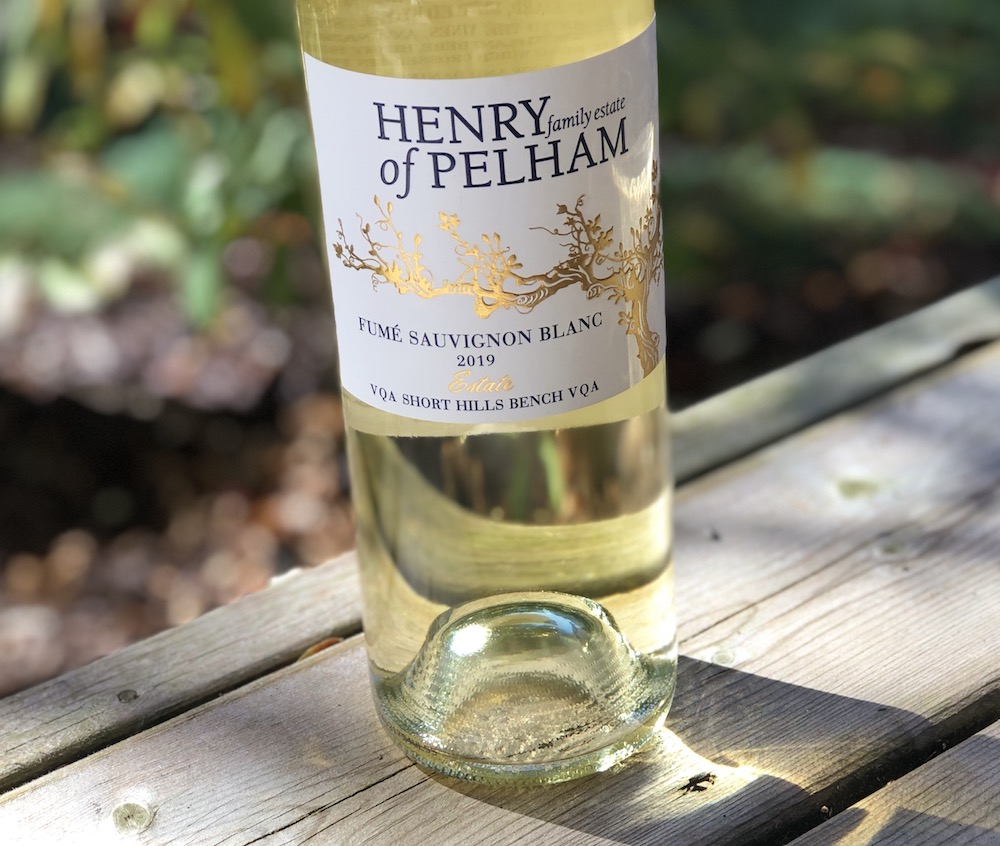
Henry of Pelham Fumé Sauvignon Blanc 2019 ($20, winery only, 89 points) — The south-facing slopes of the Short Hills Bench provides the heat needed to ripen Sauvignon Blanc in Niagara. This oaked version of this versatile grape is more in line Old World styles than Savvies from New Zealand. The nose shows lovely grapefruit, melon, poached pear, lemon and gooseberry notes with a hint of spice on the nose. On the palate, it’s rich and laden with grapefruit, lemon tart, pear, subtle herbs and spice accents with a zippy finish.


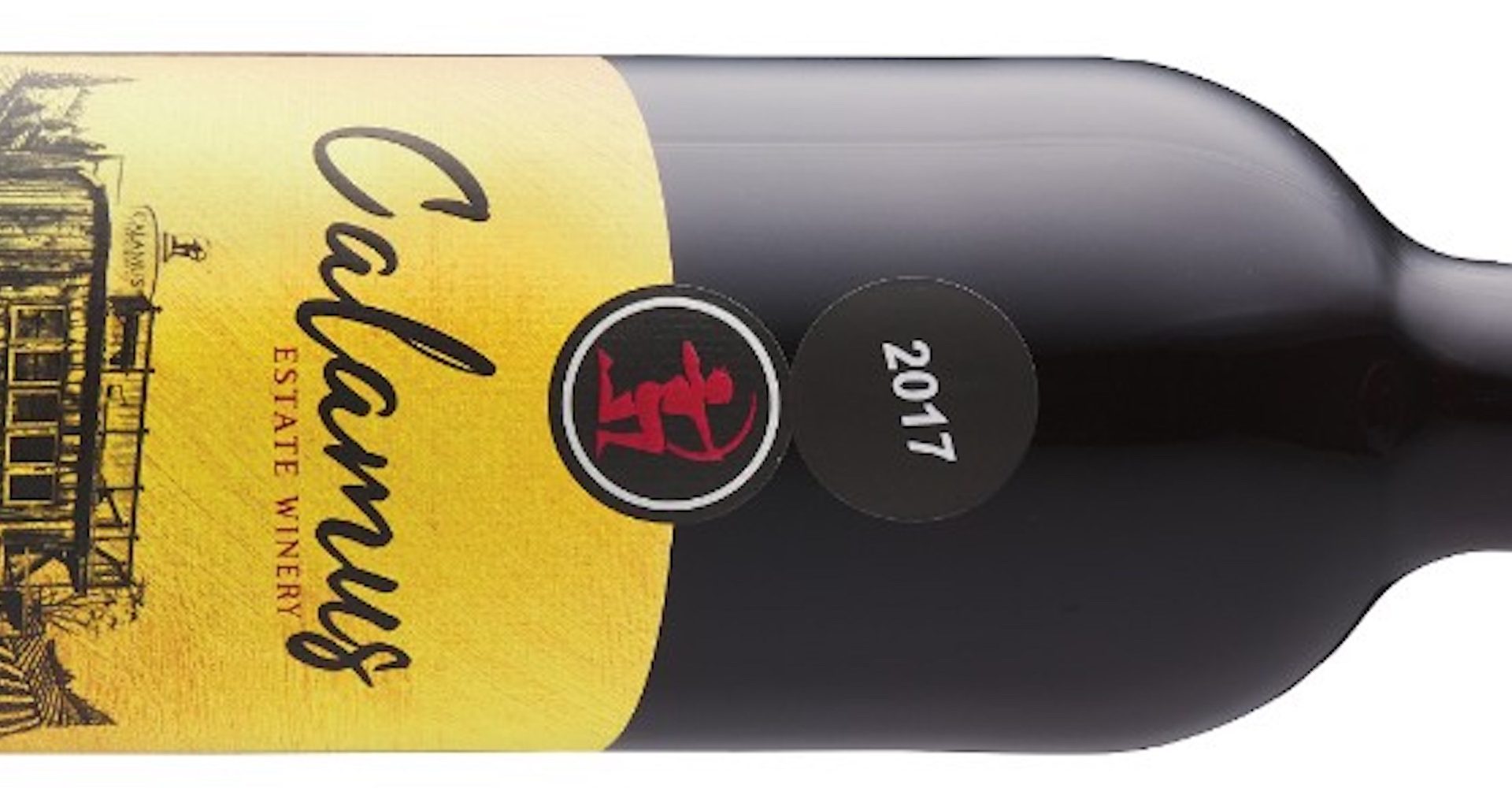





Comment here